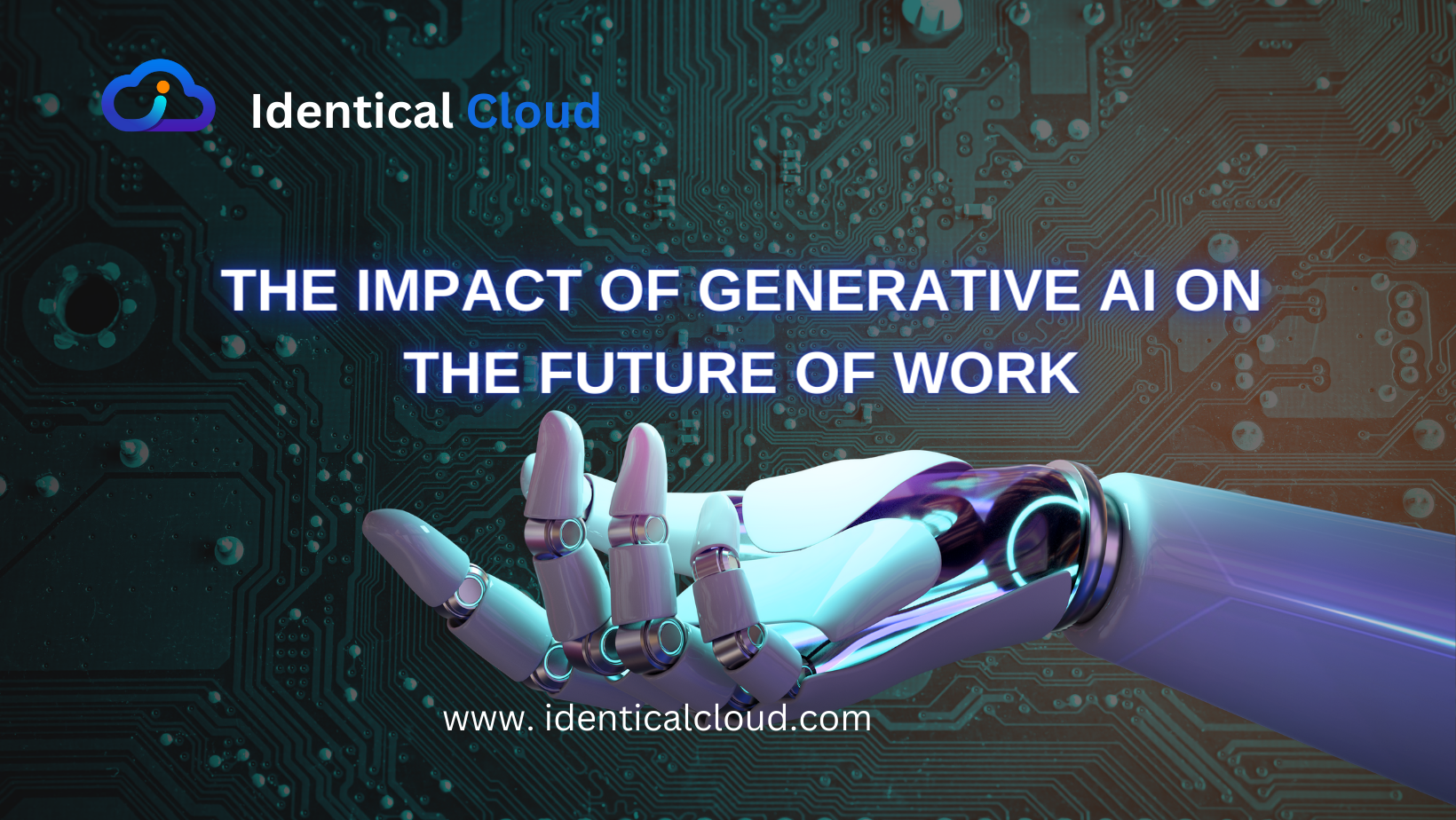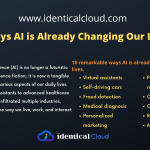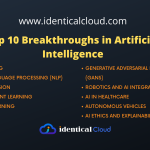
The Impact of Generative AI on the Future of Work
The Impact of Generative AI on the Future of Work
Generative AI is a type of artificial intelligence (AI) that can create new content, such as text, images, and music. It is still in its early stages of development, but it has the potential to revolutionize many industries and occupations.
One of the most significant impacts of generative AI on the future of work is the potential for automation. Generative AI can be used to automate many tasks that are currently performed by humans, such as customer service, data entry, and writing. This could lead to job displacement in some sectors, but it could also create new opportunities in others.
For example, generative AI could be used to create new marketing campaigns, design new products, or write new software. It could also be used to generate personalized content for each individual user, such as news articles, social media posts, or product recommendations.
In addition to automation, generative AI could also lead to the creation of new jobs. For example, there will be a need for people to train and manage generative AI models, as well as to develop new applications for this technology. There will also be a need for people to create and curate the data that is used to train generative AI models.
Overall, the impact of generative AI on the future of work is still uncertain. However, it is clear that this technology has the potential to significantly disrupt many industries and occupations. It is important to start preparing for these changes now, so that we can ensure that everyone benefits from the future of work.
In this blog, we’ll delve into the profound impact of Generative AI on the future of work and explore how it’s altering the way we innovate, create, and collaborate.
1. Creative Collaboration
Generative AI acts as a creative collaborator, augmenting human creativity rather than replacing it. Designers, writers, and artists can harness Generative AI to generate ideas, drafts, and prototypes, freeing up time for refining and enhancing the creative process. This collaboration between human imagination and machine-generated suggestions opens new realms of innovation.
2. Rapid Prototyping and Design
In fields like product design and architecture, Generative AI accelerates the prototyping process. By inputting design constraints and objectives, AI generates multiple variations of a design, allowing professionals to explore alternatives and choose the best-suited option. This speeds up the iterative design process and leads to more refined end products.
3. Content Creation and Copywriting
Generative AI is transforming content creation. It can draft articles, generate marketing copy, and even craft poetry or prose. While AI-generated content might lack human nuance, it provides a foundation that writers can build upon, saving time and effort in generating initial drafts.
4. Personalized User Experiences
Generative AI tailors user experiences to individual preferences. It powers recommendation systems on streaming platforms, suggests personalized product recommendations, and even creates customized learning paths in education. This level of personalization enhances engagement and customer satisfaction.
5. Simulation and Prediction
In complex industries like finance and healthcare, Generative AI enables simulation and prediction. It can simulate financial scenarios, forecast market trends, and model the impact of various decisions. Such capabilities empower professionals to make data-driven decisions with higher accuracy.
6. Gaming and Entertainment
Generative AI is making waves in the gaming industry by creating dynamic and immersive experiences. AI generates realistic graphics, characters, and environments, enhancing gaming visuals. In virtual reality, AI adapts environments to user behavior, making the experience more interactive and responsive.
7. Assistance in Research
Researchers benefit from Generative AI’s ability to analyze and generate insights from vast datasets. AI-driven algorithms can sift through research papers, identify patterns, and propose novel ideas for further exploration, expediting the research process.
8. Language Translation and Communication
Generative AI has improved language translation and communication. Real-time translation apps use AI to facilitate cross-language conversations. This technology bridges language barriers, enabling global collaboration and cross-cultural communication.
Here are some specific examples of how generative AI is being used today and how it could be used in the future:
- Customer service: Generative AI can be used to create chatbots that can answer customer questions and resolve issues. This could free up human customer service representatives to focus on more complex tasks.
- Data entry: Generative AI can be used to automatically extract data from documents and images. This could save businesses a significant amount of time and money.
- Writing: Generative AI can be used to write text for a variety of purposes, such as news articles, marketing copy, and product descriptions. This could create new opportunities for writers and content creators.
- Design: Generative AI can be used to create new designs for products, websites, and other creative projects. This could help businesses to create more innovative and engaging products.
- Personalization: Generative AI can be used to create personalized content for each individual user. This could include news articles, social media posts, and product recommendations.
These are just a few examples of how generative AI is being used today and how it could be used in the future. As this technology continues to develop, it is likely to have an even greater impact on the future of work.
The challenges of generative AI
While generative AI has the potential to revolutionize many industries and occupations, it also poses some challenges. One challenge is that generative AI models can be biased, which could lead to discrimination in the workplace. For example, a generative AI model that is trained on a dataset of resumes from men could be more likely to generate resumes that are tailored to male-dominated occupations.
Another challenge is that generative AI models can be used to create fake content, such as deepfakes. Deepfakes are videos or audio recordings that have been manipulated to make it appear as if someone is saying or doing something they never actually said or did. This could be used to spread misinformation or to damage someone’s reputation.
Generative AI marks a paradigm shift in the way we work and create. Instead of replacing human ingenuity, it augments it, enhancing creativity, accelerating innovation, and facilitating collaboration. While the impact of Generative AI is profound, it also raises ethical considerations and questions about the authenticity of AI-generated content. As we navigate the future of work, it’s imperative to embrace Generative AI as a tool that amplifies human potential and to strike a harmonious balance between human creativity and machine-generated assistance. With Generative AI as a guiding partner, the future of work holds promise for unprecedented levels of productivity, innovation, and shared creativity.







